The primary purpose of using codes and symbols is to enable the various instrument functions required in a process to be clearly and concisely represented on Process Flow Diagrams (PFD) and on Pipeline and Instrumentation Drawings (P&ID).
The measuring instrument and control device function codes and symbols indicate which process parameter is being measured, the relative locations of the measurement and control devices and the permissible limits applicable to certain variable process conditions.
In cases where supervisory computer systems are installed in a system, special symbols are used to indicate the computer and the instruments, which are connected to it.
For instance, letter codes and symbols permit the following instrument; functions to be graphically represented.
Process Monitoring Instrument Codes
– Flow rate (F)
– Level (L)
– Pressure (P)
– Quality (Q)
– Speed (S)
– Temperature (T)
These codes are integrated with various symbols to distinguish between indicators, recorders and in certain cases, their geographical locations.
At the end of this section, there are several sheets contain wide range of the applicable instrument symbols and abbreviations.
Emergency or Safety Instrument Codes
A list is given below, for the abnormal conditions, which must be measured by function qualification instruments. State display or alarm signals from such instruments are for the purpose of alerting the process operator, thus enabling corrective action to be taken. In cases of emergency or to safeguard vital equipment, the instruments automatically initiate trip or shutdown actions.
– High level (H) initiates an alarm.
– Extreme high level (HH) trips the inlet valve shut.
– Low level (L) initiates an alarm.
– Extreme low level (LL) trips the outlet valve shut.
Low flow (L) initiates an alarm and may also open a minimum flow spill-back or recycle valve to prevent the pump from overheating. Extreme low flow (LL) trips the pump motor to prevent damage.
High-pressure (H) increases the overhead condenser coolant flow. Extreme high pressure (HH) initiates an alarm and opens a vent valve to flare.
High temperature (H) initiates an alarm. Extreme high temperature (HH) trips the fuel inlet valves to protect the furnace coil from overheating.
Structure of the Instrument Codes
In general, every conventional measuring or controlling instrument Installed in a process unit is identified by three separate codes as follows.
A location number code indicates the specific process unit in which the instrument is installed.
A function letter code indicates the property or process variable being measured or controlled.
A serial number code identifies the specific instrument and therefore prevents confusion when there are several Instruments In a single process unit, each having the same function letter code.
The combination of the three codes is known as the Instrument tag number, which has the basic format
xx a – yyy
TAG NUMBERS
“xx” is a two-digit number used to identify the process unit.
‘a’ is a letter code containing two or more capital letters and is used to identify the instrument function.
‘yyy’ is a three-digit number used to identify the particular instrument.
When the instrument code or tag number is written on a drawing or document, a dash is inserted between the ‘a’ and the ‘yyy’ sections of the format. For example, a pressure indicating controller installed in a process unit coded 11 and identified by serial number 1101, is described in written form as 11 – PIC – 1101.
In the case of the same tag numbers, the process pressure correcting element, usually a control valve, often has the same tag number as the controller.
However, when the controller operates two valves in a split range mode, the valves are tagged and numbered consecutively,
ISA Codes for Process Instrumentation
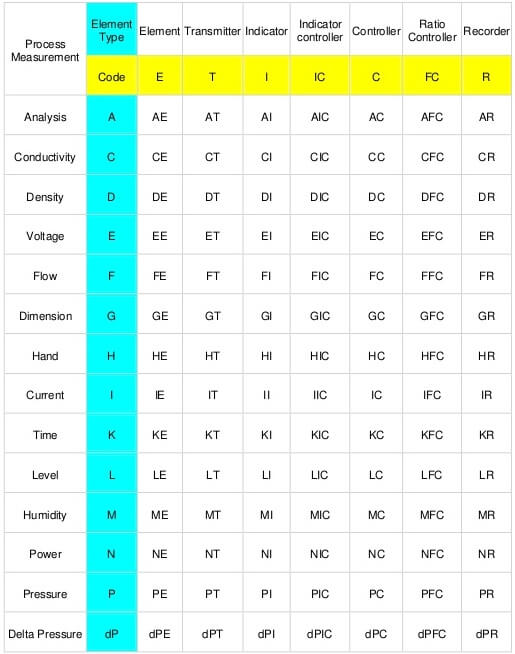
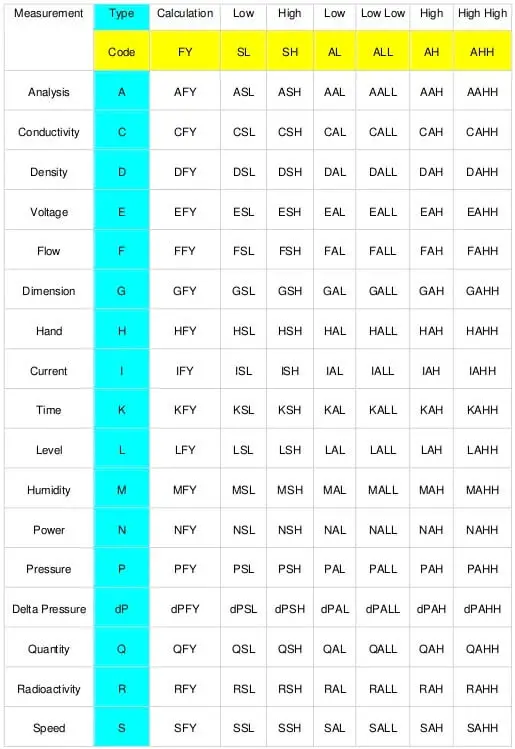



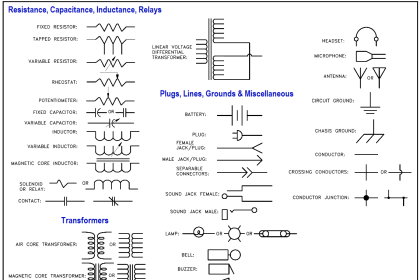

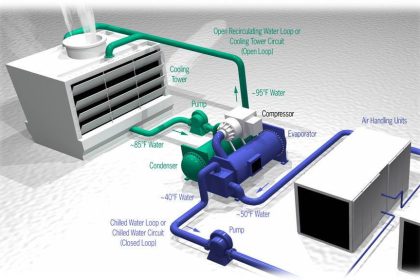

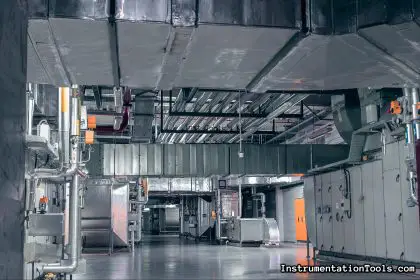
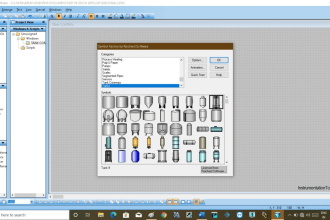
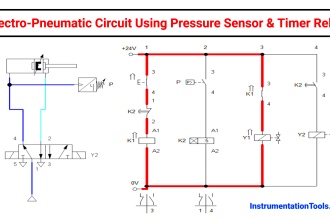
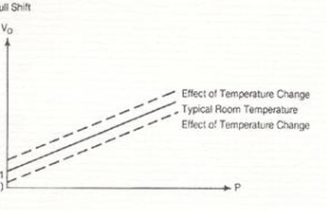
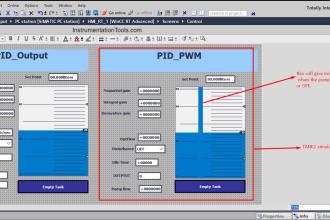
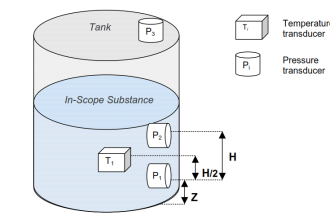



Hi There, I have not found the reference to the information provided